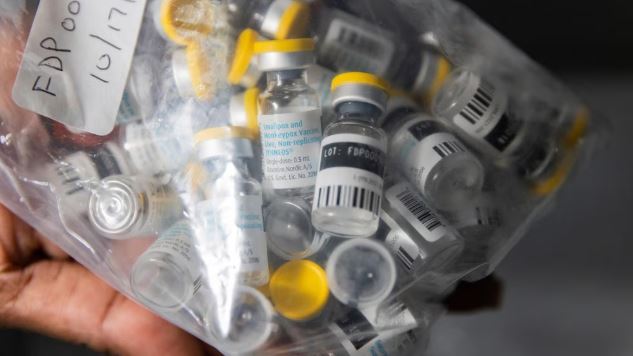World
Understanding mPox Transmission Through Sexual Contact: A Research Perspective

Recent studies have shed light on the transmission of mPox (formerly known as monkeypox) through sexual contact, revealing significant implications for public health.
- Epidemiological Insights: The 2022 outbreak of mPox significantly affected gay, bisexual, and other men who have sex with men (GBMSM). The pattern of cases suggests that transmission occurred primarily through sexual contact, both penetrative and nonpenetrative, which was more effective than casual skin-to-skin contact. This underlines the importance of understanding sexual transmission dynamics in controlling the spread of the virus.
- Clinical Observations: Clinically, mPox presented with mucosal genital lesions in almost all identified GBMSM cases. Some cases were initially misdiagnosed as other sexually transmitted infections (STIs) due to the similarity of symptoms. A significant proportion of those affected also presented with rectal pain or proctitis, especially those who reported receptive anal sex. This highlights the need for awareness and accurate diagnosis of mPox in the context of sexual health and STIs.
- Virological Evidence: Virological studies have found mPoxv DNA in the semen of infected individuals, indicating the potential for transmission via genital secretions. However, intimate skin-to-skin contact, especially with infectious lesions, was identified as a more common transmission route than through respiratory droplets or semen. This suggests that while sexual transmission is possible, the direct contact with lesions plays a significant role in spreading the virus.
- Research Priorities: Given the high incidence rates among GBMSM and the findings from recent studies, there is a need for further research to fully understand the role of sexual contact in mPoxv transmission. This research should be multidisciplinary and involve multicountry collaborative studies. Understanding these dynamics is crucial for developing effective interventions and policies to manage and prevent mPox transmission through sexual contact.
These insights from epidemiological, clinical, and virological studies are crucial in shaping public health responses and informing the community, particularly those at higher risk, about preventive measures and the importance of early diagnosis and treatment.





